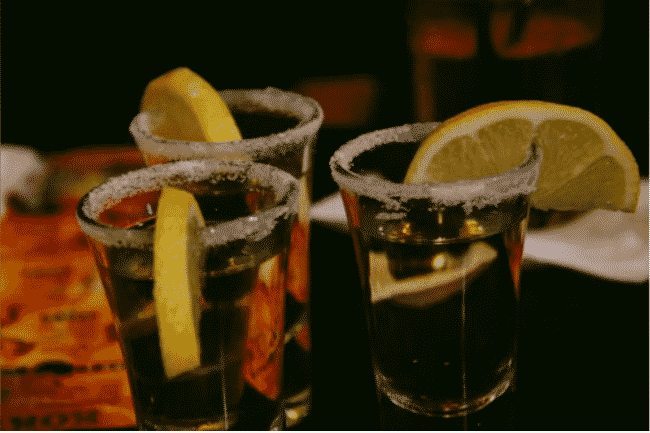As Sydney enjoys easing restrictions, a recent Tweet serves as a grim reminder that the threat of drink-spiking is forgotten but not gone.
Last week, ABC newsreader Juanita Phillips tweeted about a friend of her daughter’s who had her drink spiked at a Manly bar on the 13th of November. Ms Phillips went on to ask, “What’s the solution? Plastic lids on drinks? More CCTV? Outside the pubs, the hordes of underage drinkers from all over Sydney are a whole separate disaster waiting to happen.”
Laura Bajurny, a spokesperson for Rape and Domestic Violence Services Australia, has reported an increase in calls regarding drink-spiking since Sydney has reopened after lockdown. As the holiday period approaches, numbers are expected to grow even further. Ms Bajurny estimates that at least a third of drink-spiking cases involve sexual assault.
Unfortunately, exact statistics for drink-spiking are extremely difficult to find – reliable Australian studies have not emerged for over a decade. However, data from 2004 estimates occurrence rates at 3000-4000 incidents a year in Australia. Less than 15% of these incidences are reported to police.
Why?
Confusing symptoms
Victims of drink-spiking experience symptoms that include feeling dizzy, faint, ill or sleepy; feeling drunk after having very few drinks; passing out; or memory loss. All of these effects are easily confused with general drunkenness, both by victims and by the medical professionals who may treat them.
Difficult to detect
Contrary to popular opinion, the most common drug used in drink-spiking is alcohol itself. Spiking often involves more covert methods such as putting alcohol in non-alcoholic drinks, adding extra alcohol to someone’s drink without consent, or untruthfully buying drinks with more than one shot of alcohol in them.
Other drugs may also be used; usually benzodiazepines like Rohypnol, GHB or ketamine. All of these are colourless and odourless, making them near-impossible to detect in drinks. Victims also often delay going to the police, feeling they have nothing to report, and giving any drugs used the time to become undetectable in the bloodstream.

Stigma
The same 2004 study found that four out of five victims were women. As Ms Bajurny points out, “The stigma [around drink-spiking] is really important because it is the same reason women haven’t been reporting sexual violence for decades. They’re afraid they won’t be believed or they’ll be blamed.”
In replies under Ms Phillips’ tweet, reports of similar cases abounded. One parent said it had happened to her son, who “could hardly speak” after returning from Manly. Another agreed spiking had been “happening in Manly for years”.
The problem extends around the country. Just two months ago in September, a Perth mother was left with numb legs and violently vomiting after having her drink spiked in a bar. Two of her friends reported similar symptoms. Prior to lockdown, at least twenty women reported suspected drink-spiking incidents in Melbourne over the course of a few months.
Replies to Ms Phillips’ tweet called for venues to take more responsibility for the care of their patrons, and Ms Bajurny has asked bystanders to be more vigilant. “It’s everybody’s responsibility. We’ve got to get away from the idea that sexual predatory behaviour is a private matter, or somebody else will intervene. We all have to get out of our comfort zone and step up to the plate.”
Follow Maddie’s journalism journey on Twitter.